Meet Assia GUEMRA, an icon of oriental dance in France
Thanks to Assia GUEMRA, Bellydance teacher and dancer-choreographer, actress and art therapist, martial arts teacher, official member of the UNESCO International Dance Council, and director of the "Cie. Tellurgie" for responding to our interview.
You are one of the big names in oriental dance in France, how did you fall in love with Bellydance?
 I never intended to go into dancing, even less Bellydance, my favorite arts were painting, drawing, sculpture, I studied at the Fine Arts in Algiers starting the age of 16. I arrived in France at the age of 18 and was invited to perform in a play "Regard Aquarelle" by Fatiha Berrezak in 1979 and do a few dance steps, a little "oriental", a little "Indian", but I had no training, only my culture was expressed through me. This was my first encounter with dance at the Théâtre de la Bastille.
I never intended to go into dancing, even less Bellydance, my favorite arts were painting, drawing, sculpture, I studied at the Fine Arts in Algiers starting the age of 16. I arrived in France at the age of 18 and was invited to perform in a play "Regard Aquarelle" by Fatiha Berrezak in 1979 and do a few dance steps, a little "oriental", a little "Indian", but I had no training, only my culture was expressed through me. This was my first encounter with dance at the Théâtre de la Bastille.
Coming from martial arts, I let myself be guided towards other horizons and decided to train at the Ecole Supérieure du Spectacle, then the Ecole du Cirque Annie Fratellini, which I was lucky to have as a teacher. This is how I developed my own style, the “contemporary oriental dance”; syncretism of several dances: contemporary, modern, classical, flamenco and many more.
During your career you carried out many professional and choreographic projects related to oriental dance and dance in general, can you tell us more?
 I’d never imagined that a path filled with beauty and joy, punctuated by magnificent encounters would come into my life. I was lucky enough to be able to perform on prestigious French and international stages, with projects that made me vibrate but also to create choreographies of various dances for singers I admired. But what moves me the most are the creations that allow me to explore the total show and in which different arts blend. The oriental gesture is sublimated beyond all limitations or stylizations. Bellydance is not too codified, although it follows a few rules that date back to the dawn of time, has an innate sense of improvisation and allows the movement’s free exploration. My last creation: “Noun, the Dance of the elements or the birds’ journey”, performed in several theaters (including the World Institute and the Opera of Algiers), is an example of a total show where dance, music, poetry and calligraphy mix.
I’d never imagined that a path filled with beauty and joy, punctuated by magnificent encounters would come into my life. I was lucky enough to be able to perform on prestigious French and international stages, with projects that made me vibrate but also to create choreographies of various dances for singers I admired. But what moves me the most are the creations that allow me to explore the total show and in which different arts blend. The oriental gesture is sublimated beyond all limitations or stylizations. Bellydance is not too codified, although it follows a few rules that date back to the dawn of time, has an innate sense of improvisation and allows the movement’s free exploration. My last creation: “Noun, the Dance of the elements or the birds’ journey”, performed in several theaters (including the World Institute and the Opera of Algiers), is an example of a total show where dance, music, poetry and calligraphy mix.
Based on your experience, how do you see the oriental dance’s future in this context of world epidemic and generalized confinement?
 In all difficult situations in life, there is a message that everyone understands differently. It is true that this is an unprecedented and difficult situation in many ways which confuses more than one. The artistic world is paying a heavy price from an economic and moral point of view. In my opinion Bellydance is currently still in the making. Therefore it is difficult to say what will happen, but I am sure that this will result in strong works as new talents emerge and the next generation is ready.
In all difficult situations in life, there is a message that everyone understands differently. It is true that this is an unprecedented and difficult situation in many ways which confuses more than one. The artistic world is paying a heavy price from an economic and moral point of view. In my opinion Bellydance is currently still in the making. Therefore it is difficult to say what will happen, but I am sure that this will result in strong works as new talents emerge and the next generation is ready.
What oriental dancer do you admire the most and why?
I must admit that I have no particular preference; there are a lot of talents in France who fortunately do not fall under the canons’ diktat of some countries. I’m thrilled by some tango and flamenco dancers, these are styles that I love and mix a lot.
What type of Bellydance costume do you prefer to wear during your performances and what kind of oriental dance outfit do you wear during classes?
I wear oriental dance costumes related to my creations which refer to the shows themes. For the lessons, I prefer the Bellydance pants and the simple dance top because what’s important is the body’s freedom for the movement.
What oriental musical title moves you the most and why?
There are more than one and the list would be way too long... maybe some classics by Abdel Halim Hafez, whom I was lucky enough to meet.
You offer art therapy seminars. What do these sessions consist of? How are they organized? And what are the benefits for the participants?
 I’ve participated in several seminars for more than 25 years and I had the huge opportunity to work and to be trained by Guy Corneau, within the cœur.com productions for many years. Currently, I’m working within the IFGAP. These sessions offer complete and innovative training cycles to develop and improve skills: know-how and social skills on the job. They provide access to the tools of Gestalt Therapy "revisited" during more than thirty years of clinical practice, therapists, coaches, and teachers training. In addition to classic Gestalt techniques, the IFGAP Gestalt method incorporates specific "tools" developed by Jean Ambrosi and Karim Reggad. The cycles take place throughout the year in Seasonal University.
I’ve participated in several seminars for more than 25 years and I had the huge opportunity to work and to be trained by Guy Corneau, within the cœur.com productions for many years. Currently, I’m working within the IFGAP. These sessions offer complete and innovative training cycles to develop and improve skills: know-how and social skills on the job. They provide access to the tools of Gestalt Therapy "revisited" during more than thirty years of clinical practice, therapists, coaches, and teachers training. In addition to classic Gestalt techniques, the IFGAP Gestalt method incorporates specific "tools" developed by Jean Ambrosi and Karim Reggad. The cycles take place throughout the year in Seasonal University.
These IFGAP and Unesco certifying training courses are aimed at the practitioners in Well-being & Health; you must have already taken a personal approach to psychotherapy or psychoanalysis, or be in one of these processes during training. They are part of continuing education.
Discover Assia GUEMRA in a video :



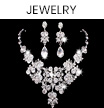
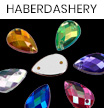
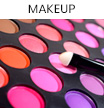



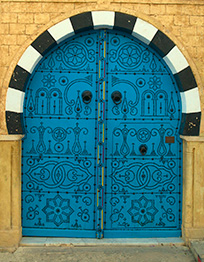
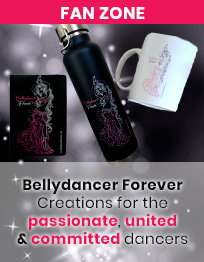
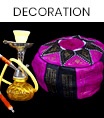

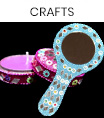

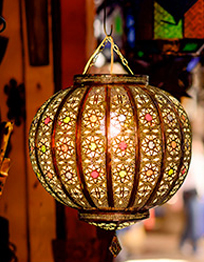


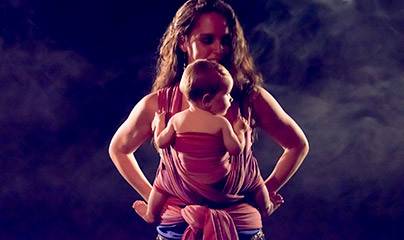
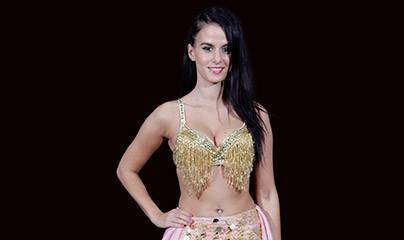
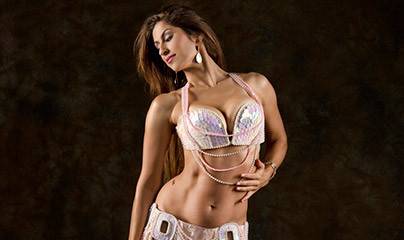
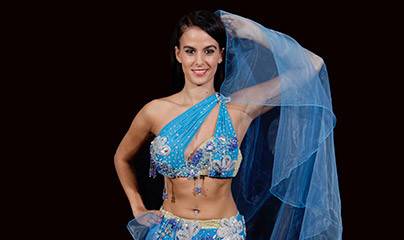
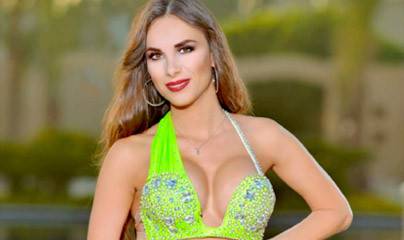
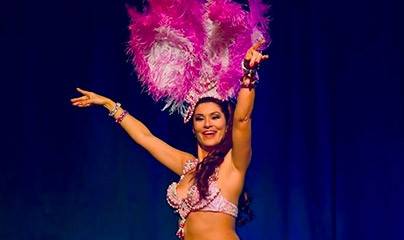
Leave a comment
Login to post comments